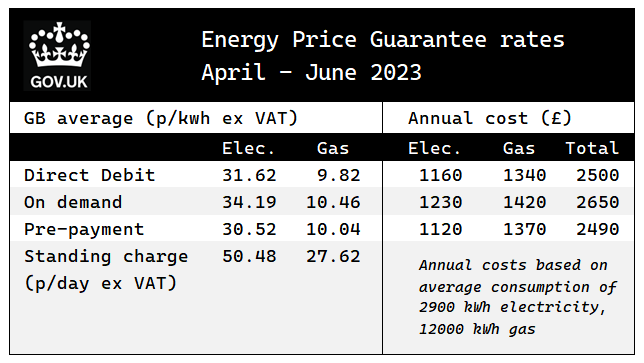In recent Budget the Govt have introduced measures that will require energy suppliers to charge pay-as-you-go (PAYG) meter customers the same energy Tariffs as they charge their DD payment customers. See following link to Martin Lewis website explaining these changes.
As a DD customer with a smart meter considering cancelling my DD and moving to Pay On Demand (POD) i.e. monthly bill payment in full with no credit bakance, I'm being advised by the OVO collections team that this method of payment comes with a tariff and standing charge premium which will increase my annual bill by ca £250.
Other threads on DD payments in this forum have discussed at length the need for OVO (and other energy suppliers) to recover costs of POD administration. Whether real or imagined these POD premiums are going to come into focus if PAYG customers are given rights to have their meter tariffs reduced to DD customer levels.
Is it fair that, come July, the only group of customers that will be paying a tariff premium due to their method of payment will be POD customers?
I don't think it will be, but I'd be interested in others thoughts and your views on how energy suppliers are going to react to this requirement by Govt to treat PAYG customers more reasonably and what this may mean for payments and energy tariffs generally.












